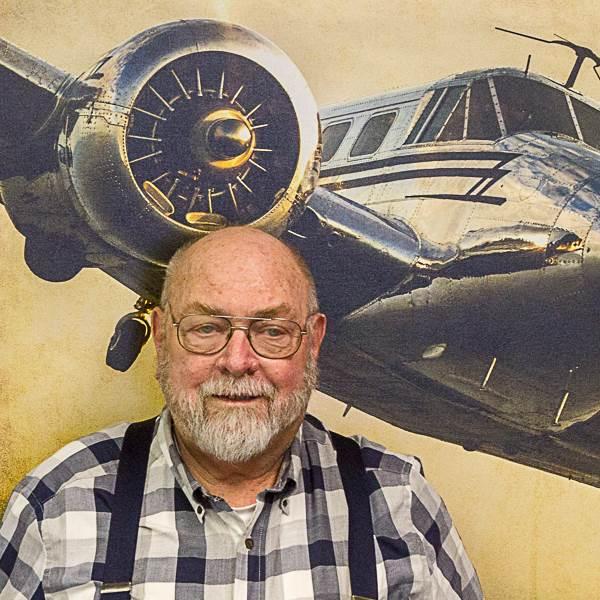Training and Safety Tip: Cold temperature engine starts
Do’s and don’ts
You may have learned that airplanes can be difficult to start in cold winter temperatures and doing so can occasionally lead to an engine fire.
There are several factors at play. Aviation fuel characteristically has a lower vapor pressure than car fuel, which means it does not evaporate as easily, especially when it is cold. Aviation motor oil has a higher viscosity than the oil used in your car, so it is thicker and less pourable. Another factor is your airplane’s battery, which typically loses efficiency in cold temperatures and won’t crank the engine over as fast. This is why putting an airplane in a hangar and/or preheating the engine compartment is recommended for winter flight operations.
We’ll focus on carbureted engines typically found in Cessna and Piper flight training aircraft. The Continental and Lycoming engines use an updraft carburetor mounted on the underside of the engine. The intake airbox is located under the carburetor. Because the fuel does not vaporize when drawn out of the carburetor, pilots often overprime the engine. This creates a starting problem because the desired fuel-to-air ratio is too high and thus the fuel won’t ignite. Excess fuel spills into the intake airbox and intake manifold creating a pool of fuel, which can be ignited by an engine backfire, heard as a loud pop or bang. Remember to follow the priming procedure in the operating manual to avoid overpriming and the risk of an engine fire on the ramp.
If a fire starts while the airplane is still on the ground, continue cranking the engine to suck the fire into the fireproof engine. From the cockpit, it is not likely you will see the fire until it becomes a serious issue. So if possible, during cold weather starts have a volunteer at the left front of the airplane—away from the propellers—look for and warn of a fire. That person ideally would also have a fire extinguisher to combat a fire. If you do end up with a serious fire, turn the fuel selector to the Off position and get out of the airplane.
Just remember: Every cold weather start presents a risk of an engine compartment fire. This also applies to fuel-injected engines but is less common than in carbureted engines.



